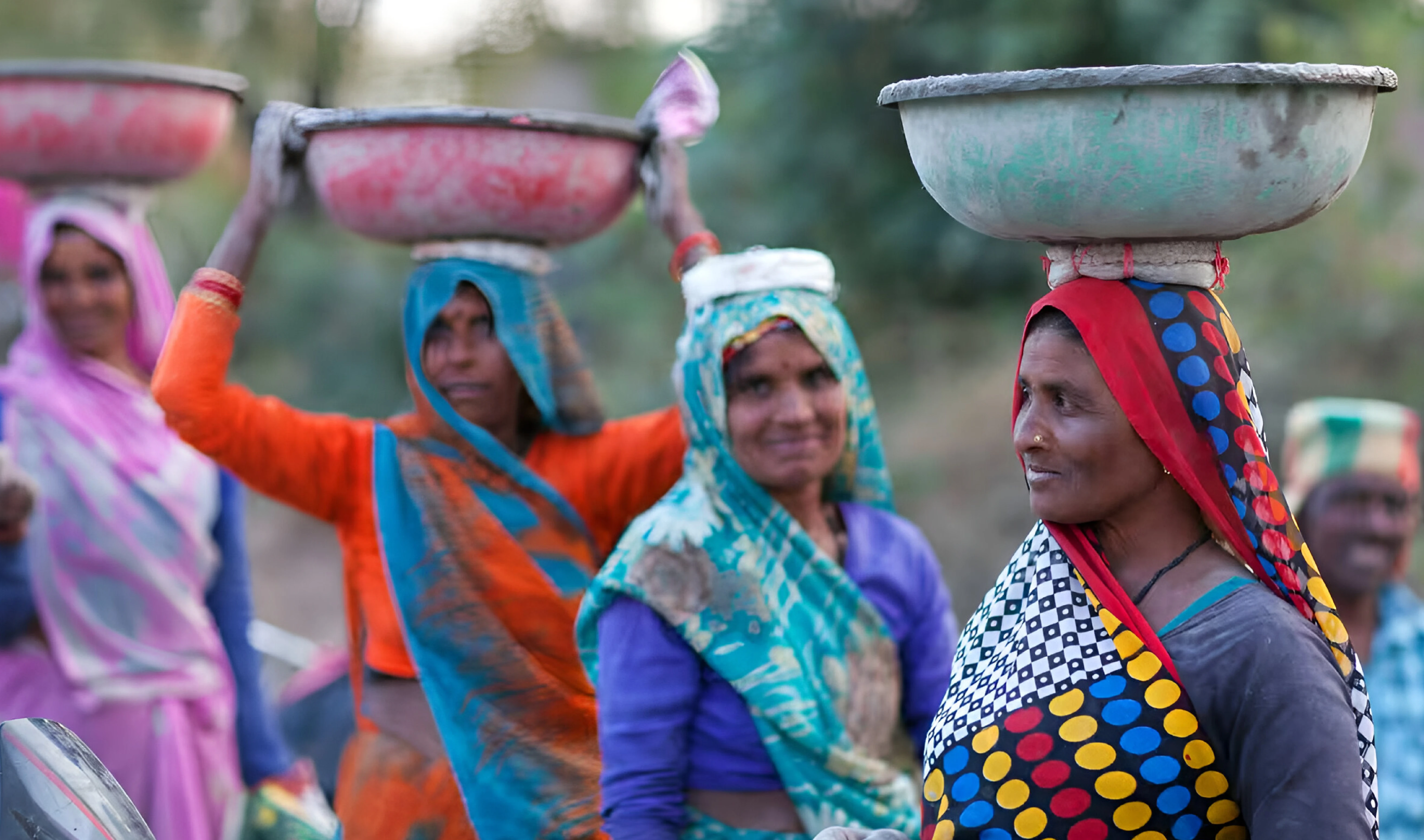It analyses female LFPR using data from Periodic Labour Force Survey (PLFS) from 2017-18 to 2022-23.
- LFPR is calculated as ‘percentage of employed & unemployed individuals (seeking/available for work) relative to the total population aged 15 years & above’.
Key Highlights
- Current Status: Female LFPR increased in almost all states; however it exhibits variation.
- Rural-urban variation: Rural female LFPR surged from 24.6% to 41.5% (~69% growth), while urban LFPR rose modestly from 20.4% to 25.4% (~25% growth).
- Regional Variation: States like Jharkhand, Bihar, etc. saw significant increase in LFPR while Goa & Lakshadweep saw a marginal decline in rural female LFPR.
- Factors Influencing female LFPR
- Age: A female LFPR show a bell-shaped curve i.e. Increases during 20–30 years, peaks during 30–40 years, & declines sharply after.
- Male LFPR remains high (~100%) from ages 30–50, declining gradually thereafter.
- Marriage: Marriage lowers LFPR of women significantly, but decline is much higher in urban areas compared to rural areas.
- Parenthood: Presence of children under 14 years of age affects female LFPR significantly, especially for younger women (20–35 years) & more strongly in urban areas.
- Age: A female LFPR show a bell-shaped curve i.e. Increases during 20–30 years, peaks during 30–40 years, & declines sharply after.
Initiatives to Improve Female LFPR
|





